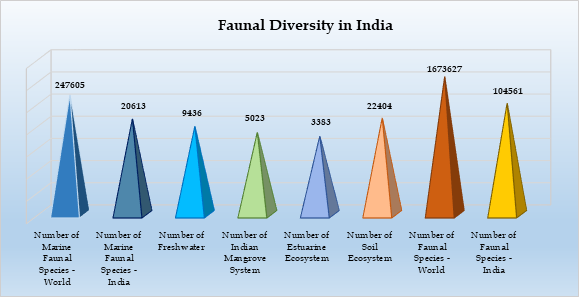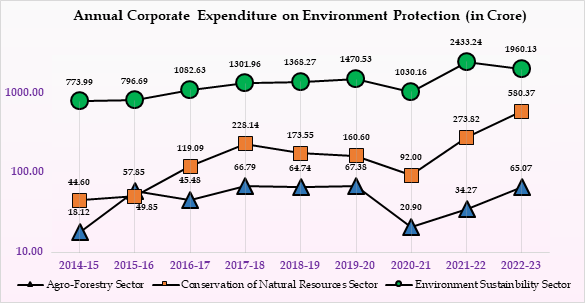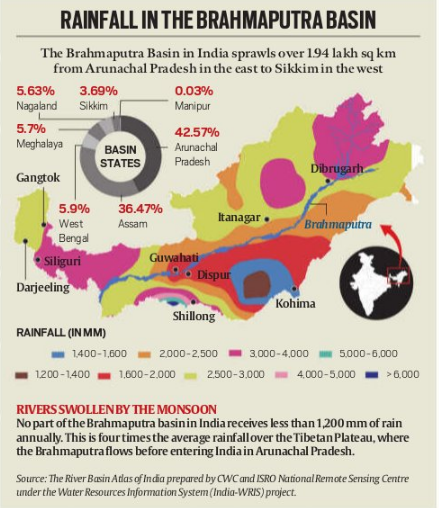POLITY
The Ayushman Bharat Pradhan Mantri Jan Arogya Yojana (PM-JAY), launched in Jharkhand in 2018 by the Prime Minister, has stalled in the state due to ₹190 crore in pending payments to hospitals. As a result, many hospitals are pulling out of the scheme, leading to a healthcare crisis, especially for the poor.
Why is this a major problem in Jharkhand?
- Around 28 lakh families are enrolled under PM-JAY in Jharkhand.
- Of the 750 hospitals across the state, approx. 538 are private.
- The non-payment of claims has hit these private hospitals hard, especially since March 2024.
Many have shut services or are threatening to exit the scheme.
- The issue is aggravated by delays in the newly introduced HEM 2.0 portal, which is meant to streamline beneficiary identification and claim settlements but is causing data and payment issues.
Ayushman Bharat – Pradhan Mantri Jan Aarogya Yojana (AB-PMJAY)
- Ayushman Bharat – Pradhan Mantri Jan Aarogya Yojana (AB-PMJAY), launched in 2018, is India’s flagship healthcare scheme aimed at providing accessible and affordable health services to over 50 crore vulnerable families.
- It combines the creation of Health and Wellness Centres for comprehensive primary care with a health insurance cover of up to ₹5 lakh per family per year for secondary and tertiary treatment.
- This scheme is designed to reduce out-of-pocket expenses and improve health outcomes by linking preventive, promotive, and curative healthcare.

ENVIRONMENT
"EnviStats India 2025: Environment Statistics"- PIB
The Ministry of Statistics and Programme Implementation (MoSPI) released the 8th edition of “EnviStats India 2025: Environment Statistics” on 5th June 2025 during the National Workshop on Using Alternate Data Sources and Frontier Technologies for Policy Making held in New Delhi.
About EnviStats India 2025
EnviStats India 2025 is the 8th edition of the annual publication by the National Statistical Office (NSO), Ministry of Statistics and Programme Implementation (MoSPI). It aligns with the Framework for the Development of Environment Statistics (FDES) 2013, providing a structured and comprehensive overview of India’s environmental landscape.
Important Highlights
- Rising Temperatures: India’s annual mean temperature rose from 25.05°C (2001) to 25.74°C (2024); both minimum and maximum temperatures also showed a consistent increase.
- Rainfall Trend:Annual rainfall from 2001–2024 showed high variability due to monsoon patterns but no consistent long-term trend.
- Faunal Biodiversity:India hosts 1,04,561 faunal species, including 20,613 marine, 9,436 freshwater, and 22,404 soil species, highlighting its rich biodiversity.

- Fish Production: Inland fish production grew significantly from 61.36 lakh tonnes (2013–14) to 139.07 lakh tonnes (2023–24); marine fish production also increased moderately.
- Environmental Sector Spending: The Environment Sustainability sector had the highest public expenditure (₹2433.24 crore in 2021–22), while Agro-Forestry had the lowest among the three key sectors.

Science and Technology
China’s rare earth magnet export curbs- The Indian Express
Suzuki suspended Swift production in Japan due to China’s export curbs on rare earth magnets, highlighting global dependence on China, which controls 90% of magnet processing.
About Rare Earth Magnets
Rare earth magnets are powerful permanent magnets made from alloys of rare earth elements, especially Neodymium-Iron-Boron (NdFeB). They are valued for their exceptional magnetic strength, high energy density, and compact size, making them indispensable in modern technology.
Key Applications:
- Electric Vehicles (EVs): Used in traction motors, power steering, braking, and wiper systems.
- Electronics & Defense: Found in wind turbines, smartphones, medical devices, and precision-guided weapons.
Strategic Importance:
- China controls nearly 90% of the global processing capacity, giving it a near-monopoly in the supply chain.
- Recent export curbs by China have disrupted global production schedules, especially in Japan and India.
- Countries like India are now seeking to localize production and build strategic stockpiles to reduce dependence.
Current Challenges:
- Import restrictions now require declarations ensuring magnets are for civilian use only.
- China is encouraging buyers to import entire motor assemblies, increasing costs and design challenges for automakers.
- The situation underscores the vulnerability of global manufacturing to supply chain shocks and geopolitical leverage.
International Relation
Hydrology of the Brahmaputra- Indian Express
Concerns have resurfaced over Chinese dam-building activities on the Brahmaputra River in Tibet,Assam Chief Minister Himanta Biswa Sarma clarified that 65–70% of the Brahmaputra’s flow is generated within India, downplaying fears of significant Chinese control and its effect on flood patterns in Assam.
How much of the Brahmaputra’s water is generated in India?
- Indian Contribution: Though India accounts for only 34% of the basin area, it contributes over 80% of the Brahmaputra’s total water yield.
- Tibetan Plateau’s Role: Tibet is a minor contributor due to its semi-arid climate with only 300 mm average annual rainfall.
- Southern Basin’s Contribution: The southern part (2.37 million ha forest area; <10% of basin) generates 36% of the total runoff.
- High Rainfall Zones: Regions like Sikkim, Arunachal Pradesh, and Upper Assam receive very high rainfall, enhancing river discharge.
- National Significance: The Brahmaputra accounts for nearly 30% of India’s total water resources potential, driven by intense Indian-side rainfall.
India’s Use of Brahmaputra’s Water Potential
- Water Potential: Brahmaputra and its tributaries hold over 30% of India’s total water resources, yet remain underutilized.
- Current Use: Hydropower in Arunachal Pradesh is the only significant planned use.
- Challenges: Slow progress due to land acquisition issues and concerns over forest submergence.
- River-Linking Proposals:
- Ganga-Sankosh-Teesta-Ganga Link – connects Manas (Brahmaputra tributary) to Ganga via Sankosh and Teesta.
- Jogighopa-Teesta-Farakka Link – links Brahmaputra at Jogighopa to Ganga at Farakka.
- Status: Both projects show potential but require detailed hydrological studies before implementation.
China’s Planned Interventions on the Brahmaputra – Summary
- Main Focus: Hydropower projects with minimal storage, mostly far upstream of Arunachal Pradesh, with limited current impact on India.
- Key Concern: The proposed 60,000-MW Medog (Motuo) Hydropower Project, near the Great Bend, could become the world’s largest, with high storage potential—posing possible downstream risks.
- Diversion Plans: Fears exist over China’s South-North Water Diversion (SNWD) Project; however, official sources confirm the Brahmaputra (Yarlung) is not included in the first phase.
